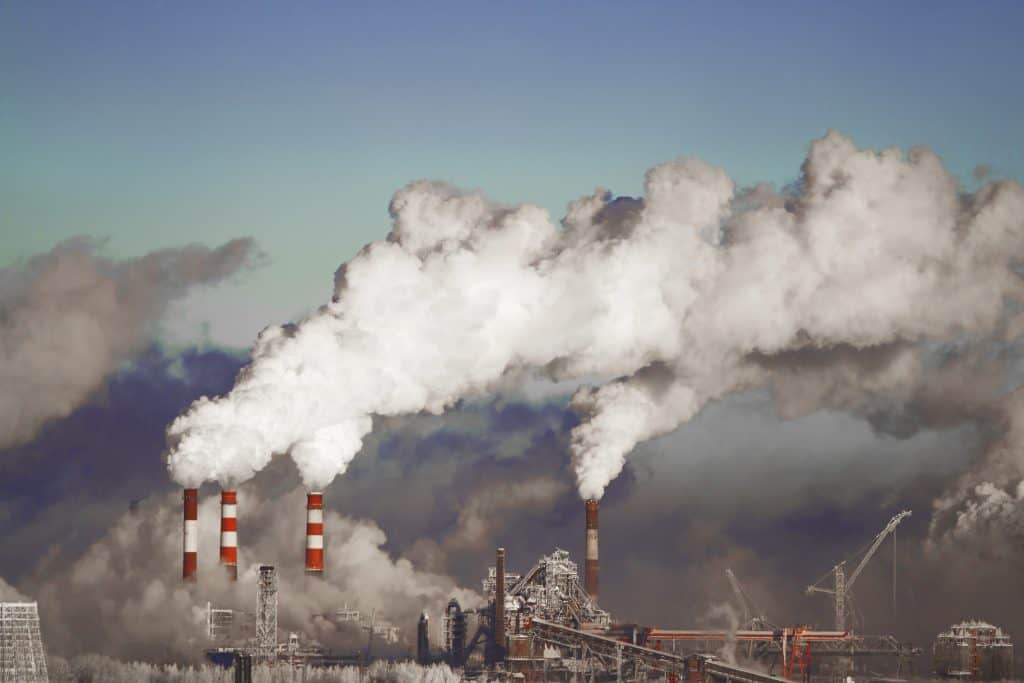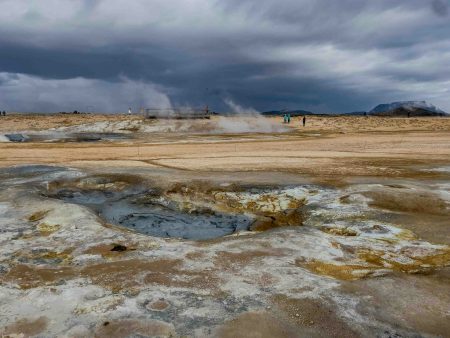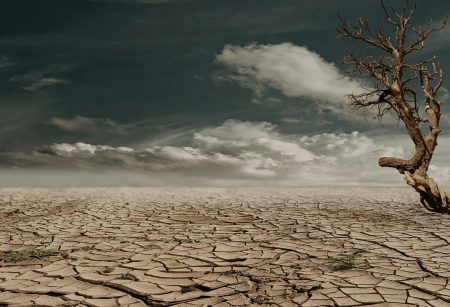
In This Article
In a world increasingly attuned to the consequences of climate change, understanding and mitigating our impact on the environment has become more critical than ever. The concept of a “carbon footprint” has emerged as a key metric in assessing our contribution to greenhouse gas emissions, providing a tangible measure of our daily activities’ environmental consequences.
This blog aims to demystify the intricacies of the carbon footprint, offering a science-driven exploration of how our individual choices reverberate through the atmosphere.
Understanding Carbon Footprint
The essence of comprehending the carbon footprint lies in unravelling the intricate science behind carbon emissions and recognizing the sources that contribute to this environmental metric. This section aims to provide a comprehensive overview of the fundamental concepts, shedding light on the greenhouse gases that drive climate change and the various sectors responsible for emitting them.

The Science Behind Carbon Emissions
Understanding the science behind carbon emissions involves delving into the mechanisms that contribute to climate change. Greenhouse gases, such as carbon dioxide (CO2), methane (CH4), and nitrous oxide (N2O), trap heat in the Earth’s atmosphere, leading to the warming of the planet. This section will explore the role of these gases, their impact on the greenhouse effect, and the concept of carbon dioxide equivalents (CO2e) as a standardized measure for comparing the warming potential of different gases.
Sources of Carbon Emissions
Carbon emissions originate from various human activities and industrial processes. This section will dissect the primary sources responsible for releasing carbon into the atmosphere, including but not limited to:
- Energy Consumption: The burning of fossil fuels for electricity and heat.
- Transportation: Emissions from vehicles, aeroplanes, and shipping.
- Food Production: Agricultural practices that release greenhouse gases.
- Consumer Goods: Manufacturing and disposal of products contribute to emissions.
The Impact of Daily Choices
Our daily choices exert a profound influence on the environment, contributing to the collective carbon footprint that shapes the trajectory of climate change. This section delves into the nuanced repercussions of everyday decisions, elucidating the far-reaching consequences of our actions on the planet. By examining key aspects of our lives, from energy consumption at home to the modes of transportation we choose, we gain insight into how individual choices can collectively drive environmental change.
Energy Efficiency at Home

Energy efficiency at home plays a pivotal role in shaping one’s carbon footprint. By opting for renewable energy sources and adopting energy-efficient practices, individuals can significantly reduce their contribution to greenhouse gas emissions. This includes embracing technologies like solar panels, energy-efficient appliances, and smart home systems, all of which contribute to a more sustainable and eco-friendly lifestyle.
Sustainable transportation

Sustainable transportation stands as another critical factor in mitigating one’s environmental impact. Public transit, cycling, and walking are eco-conscious alternatives to traditional single-occupancy vehicle use. Additionally, the adoption of electric or hybrid vehicles further diminishes the carbon footprint associated with personal transportation.
Sustainable Diet

The food we consume also plays a substantial role in shaping our carbon footprint. Sustainable dietary choices involve considering the environmental impact of food production, including factors such as food miles, agricultural practices, and the carbon intensity of different food types. The transition to plant-based diets and the support of local and seasonal produce are explored as effective strategies for reducing the carbon footprint associated with food consumption.
Offsetting Carbon Emissions
Offsetting carbon emissions involves taking tangible actions to compensate for one’s greenhouse gas contributions. It is a proactive approach to environmental responsibility that goes beyond reducing emissions at the source. Carbon offset programs aim to counterbalance the carbon footprint by investing in projects that either capture or prevent the release of an equivalent amount of greenhouse gases elsewhere.
One common avenue for offsetting emissions is through reforestation projects. Trees act as natural carbon sinks, absorbing carbon dioxide from the atmosphere during photosynthesis. Supporting initiatives that plant trees or protect existing forests contributes to the removal of CO2 from the air, offsetting emissions and promoting biodiversity.
Renewable energy initiatives also play a pivotal role in carbon offsetting. Investing in projects that generate clean and sustainable energy, such as wind or solar power, helps displace the need for energy produced through fossil fuels. This not only reduces carbon emissions but also accelerates the transition to a more sustainable and low-carbon energy landscape.
Carbon offset programs are often certified by recognized standards, ensuring the legitimacy and effectiveness of the projects they support. Certifications provide transparency and accountability, allowing individuals and organizations to make informed choices when selecting offset initiatives. By participating in these programs, individuals can take an active role in mitigating their environmental impact and contributing to global efforts to combat climate change.
Challenges and Opportunities
In the pursuit of a sustainable future, understanding the challenges and opportunities that arise in the realm of carbon footprint reduction is paramount. This section explores the complexities and barriers associated with individual and collective efforts to mitigate climate change while also highlighting the promising opportunities that lie on the horizon.

Global Efforts in Carbon Reduction
While international agreements and initiatives aim to address climate change collectively, challenges persist. This section delves into the complexities of coordinating global efforts, navigating political landscapes, and overcoming disparities in resources and priorities among nations. Despite these challenges, it underscores the importance of continued collaboration on a global scale to achieve meaningful progress.
Barriers to Individual Action
Individuals face obstacles in their quest to reduce their carbon footprint. From economic constraints to a lack of awareness and accessibility of sustainable alternatives, this section explores the barriers that may impede personal initiatives. By acknowledging these challenges, readers can better strategize and advocate for systemic changes that facilitate sustainable choices for everyone.
Promoting Sustainable Policies
The section investigates the role of policies in fostering sustainability. It examines the challenges governments and institutions face in implementing and enforcing effective environmental policies. Additionally, it explores the opportunities for individuals to advocate for and participate in the development of policies that incentivize sustainable practices, creating a supportive framework for carbon reduction efforts.
Conclusion
In summary, understanding and addressing the carbon footprint requires a holistic approach that spans individual awareness, informed decision-making, and collective action. From grasping the science behind emissions to measuring personal contributions and offsetting unavoidable impacts, individuals play a pivotal role in steering the trajectory toward a more sustainable future.
As we navigate the complexities of our carbon footprint, the key takeaway is that each choice we make shapes our environmental legacy. The power to effect change lies within our daily decisions, and by embracing conscious practices, supporting offset initiatives, and staying engaged in the evolving landscape of environmental sustainability, we contribute to a shared responsibility for the well-being of our planet.



